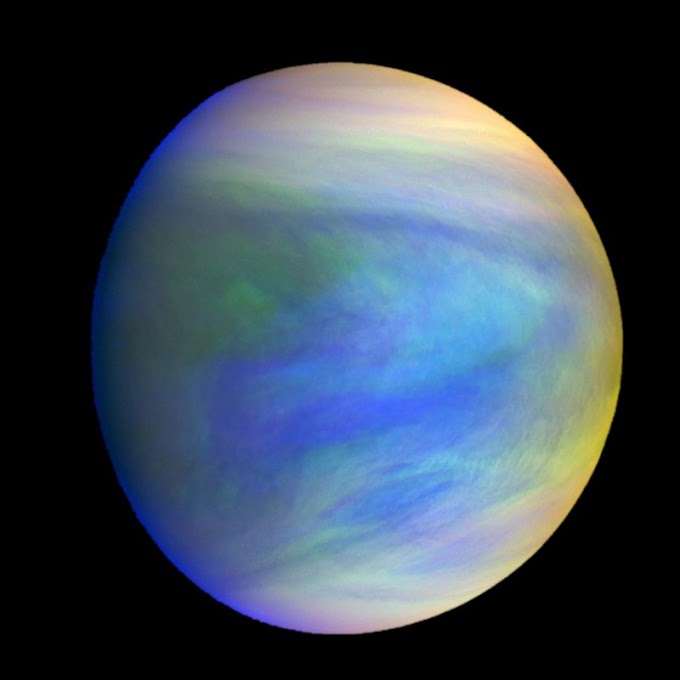Hello there rocketeers! Today we are going to find the answer to one of the most asked questions in space tech forums - why Vacuum version of rocket engines are bigger than their sea-level counterpart?
If you are an ardent follower of rocket launches of agencies around the world, it is pretty sure that you may have at least come across the term - vacuum optimized engine. Threads about 'vacuum optimization' is not rare at all in rocketry forums with many giving convoluted answers which would be hard to understand for a layman. Don't you worry, in this article we explain the conundrum in detail for our readers out there.
Before we start off with the explanation, we need to take a trip down the theoretical part of what makes the rocket do what it is supposed to. While the rocket equation is a very important equation for rockets, there is another equally important equation which gives the 'thrust' developed by a rocket engine. Since the derivation is not under our scope for this article, we'll be leaving that part out.
 |
| Basic thrust equation of rocket |
In the above equation, the thrust developed, F, is the sum of product of propellant mass flow rate (q) and velocity of exhaust gases (Ve) and product of pressure difference (Pe - Pa) and area of nozzle exit(Ae). While the bulk of the thrust developed from the engine is from the velocity of exhaust gases, for achieving maximum thrust from the engine, the pressure thrust term must be also considered.
Check the pressure thrust part of the equation, (Pe - Pa) x Ae. It is seen that the Ve and Pe are inversely proportional, i.e., when one increases, the other decreases. The main objective is to increase Ve as much as possible at the expense of pressure which is built up inside the combustion chamber.
OPTIMIZING EXPANSION
In a rocket engine, the fuel+oxidizer mixture is burnt inside the combustion chamber producing enormous amount of energy mainly in the form of pressure energy. For a rocket to achieve thrust, this pressure energy must be converted to kinetic energy by forcing out the exhaust gases out at very high speeds. This is achieved by using a converging-diverging nozzle.
 |
| A cross-sectional view of a standard rocket nozzle, Credit: NASA |
Inside the converging section of the nozzle, the pressures would be very high with very low velocity. The gases travel down the throat, in here the gases approach sonic velocity (Mach 1) and in the divergent section, the gases starts to expand. In the divergent section, the gases expand until ambient pressure is reached at the exit. The diverging section is where pressure energy is converted to kinetic energy.
In rocketry, for maximum thrust, the pressure at the exit of the nozzle must be equal to the ambient pressure or Pe = Pa, which is called optimum expansion or correct expansion. Whether the expansion is optimum or not depends upon the geometry of the expansion nozzle of the engine, so it is obvious that sea-level and vacuum engines would have some differences.
DIFFERENCE BETWEEN ATMOSPHERIC AND VACUUM FIRING
When the engine is fired at sea-level, the ambient pressure Pa is atmospheric pressure. So, the gases exiting the nozzle must be expanded up to atmospheric pressure to achieve optimum expansion. However, when the rocket has entered space, the ambient pressure is nearly zero, which implies the gases must 'expand' more than it did while in atmosphere to achieve maximum thrust.
A clear example is the difference between SpaceX's sea-level Merlin engine and vacuum Merlin engine. The interesting thing is that both the engines, sea level and vacuum optimized has nearly the same chamber pressure! But the sea-level engine produces 845kN of thrust while the vacuum optimized produces 981 kN, a 16% percent increase in thrust.
 |
| Credit: EverydayAstronaut |
The large size of the vacuum optimized nozzle is to allow the gases to approach very low pressure at the exit to produce maximum thrust. If a sea-level nozzle is used in vacuum, the pressure at the exit would be significantly high and the gases would continue to expand even after exiting the nozzle, which is not desirable. This condition where the gases are not expanded enough is called under-expansion.Likewise, there is also over-expansion, which occurs when the nozzle size is too large and the gases expand to pressures lower than ambient pressure. Both these condition are not desirable for optimum thrust.
 |
| Credit: aerospace.org |
So, yeah, that's why the vacuum versions of engines have a significantly larger nozzle than its sea-level counterparts.






0 Comments